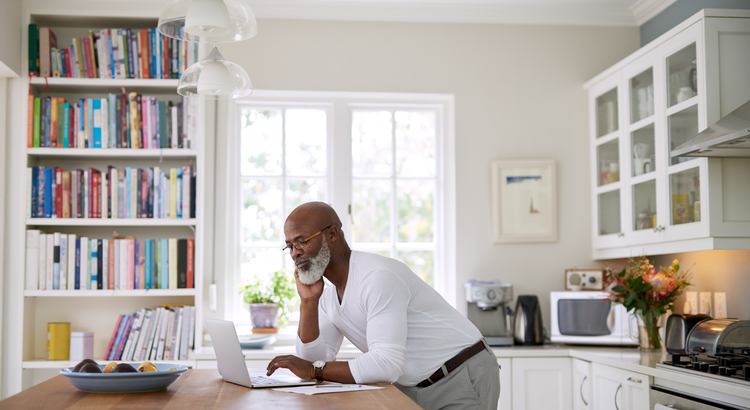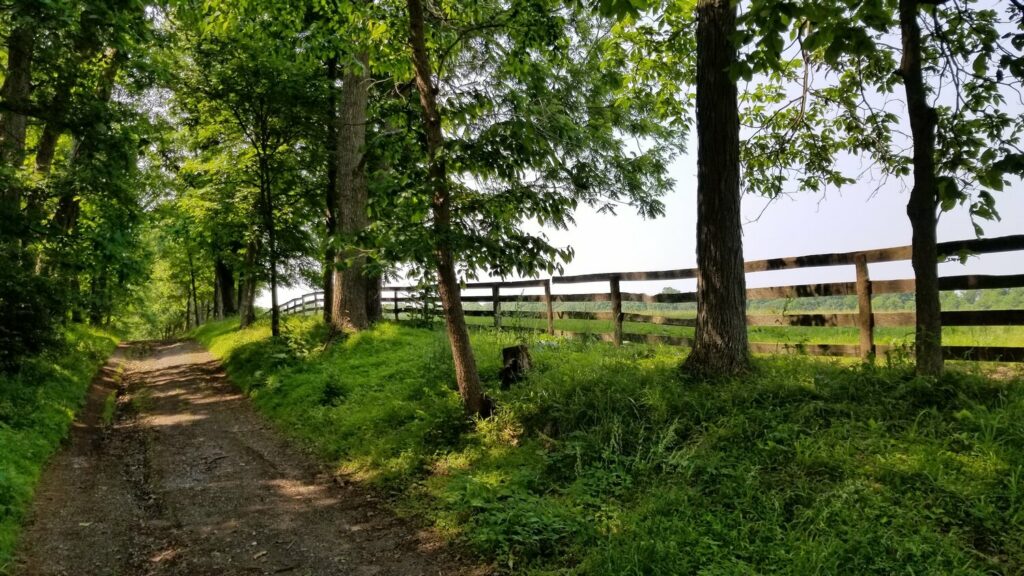Old homes have a special beauty, but they typically lack modern facilities, like appropriate insulation. Or, they have insulation that’s ready for an overhaul. This deficiency and shortcoming can result in significant energy loss and pain. In this insulation guide, we’ll check out the significance of insulating old homes to improve energy performance and comfort. You’ll discover useful ideas and finest practices for updating your old home’s insulation.
Examine Your Home’s Current Insulation
Before you can change or deal with an old home’s insulation, it’s important to evaluate its current state. Signs of inadequate insulation include unequal temperatures, high energy bills, and drafts. You may likewise see cold walls or floorings throughout winter. Performing an extensive examination will recognize weak points that require your attention.
Techniques for Inspecting Insulation
To assess your insulation’s efficiency, start with a visual assessment. Check the attic, walls, and basement for visible insulation. Using an infrared thermometer or a thermal imaging camera can find temperature variations, suggesting poor insulation. Hiring a professional for an energy audit supplies a comprehensive evaluation and recommendations.
Understanding Insulation Materials
Picking the right insulation material is vital for optimal performance. Cellulose, foam, and fiberglass prevail choices. Fiberglass is popular for its cost and ease of installation. Cellulose, made from recycled paper, is efficient and eco-friendly in lowering airflow. Foam insulation, though expensive, offers exceptional insulating residential or commercial properties and air sealing abilities.
Benefits and Disadvantages of Insulation Materials
Each product has its benefits and drawbacks. Fiberglass is simple and cost-efficient to install but might trigger skin inflammation. Cellulose is eco-friendly and supplies excellent protection but can settle in time, decreasing its effectiveness. Foam insulation provides excellent thermal resistance and air sealing but is pricey and needs professional setup.
Best Practices for Insulating Old Homes
Insulating old homes needs a tactical approach. Attic insulation is a concern, as heat rises and leaves through the roofing system. Adding insulation to existing walls preserves a stable indoor temperature. Floors, particularly over unheated areas, take advantage of insulation to avoid heat loss. Correct ventilation ensures wetness control and preserves indoor air quality.
Standards for Adding Insulation to Old Homes
When insulating the attic, use products with high R-values to take full advantage of thermal resistance. Insulating walls often involves drilling holes and injecting foam or cellulose. Make certain to seal all cracks and gaps to prevent air leaks. For floors, insulating between joists with fiberglass or foam boards will keep the area warm and decrease noise transmission.
The Importance of Proper Ventilation
When adding insulation, appropriate ventilation is vital. Without adequate airflow, wetness can build up, resulting in mold development and structural damage. Ensure your attic and crawl spaces are well-ventilated. Setting up ridge and soffit vents assists preserve air flow and avoids wetness buildup while boosting the effectiveness of your insulation.
Proper insulation in old homes is vital for energy expense, performance, and comfort savings. By evaluating your existing insulation, picking appropriate materials, and following best practices for setup, you can significantly enhance your home’s performance. Act today by examining your old home’s existing insulation and identifying its requirements.
Old homes have an unique appeal, but they frequently lack modern-day facilities, like correct insulation. Before you can change or deal with an old home’s insulation, it’s vital to examine its existing state. Indications of insufficient insulation include unequal temperatures, high energy expenses, and drafts. Proper ventilation is important when adding insulation. Appropriate insulation in old homes is necessary for energy effectiveness, cost, and comfort savings.

![The Benefits of Working With an Agent When You Sell Your House [INFOGRAPHIC]](https://www.pembrokepineshomeowners.com/wp-content/uploads/2023/12/The-Benefits-of-Working-With-an-Agent-MEM-1-OdJsyS-411x1024.png)





